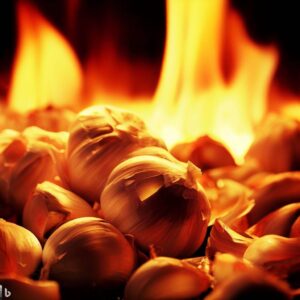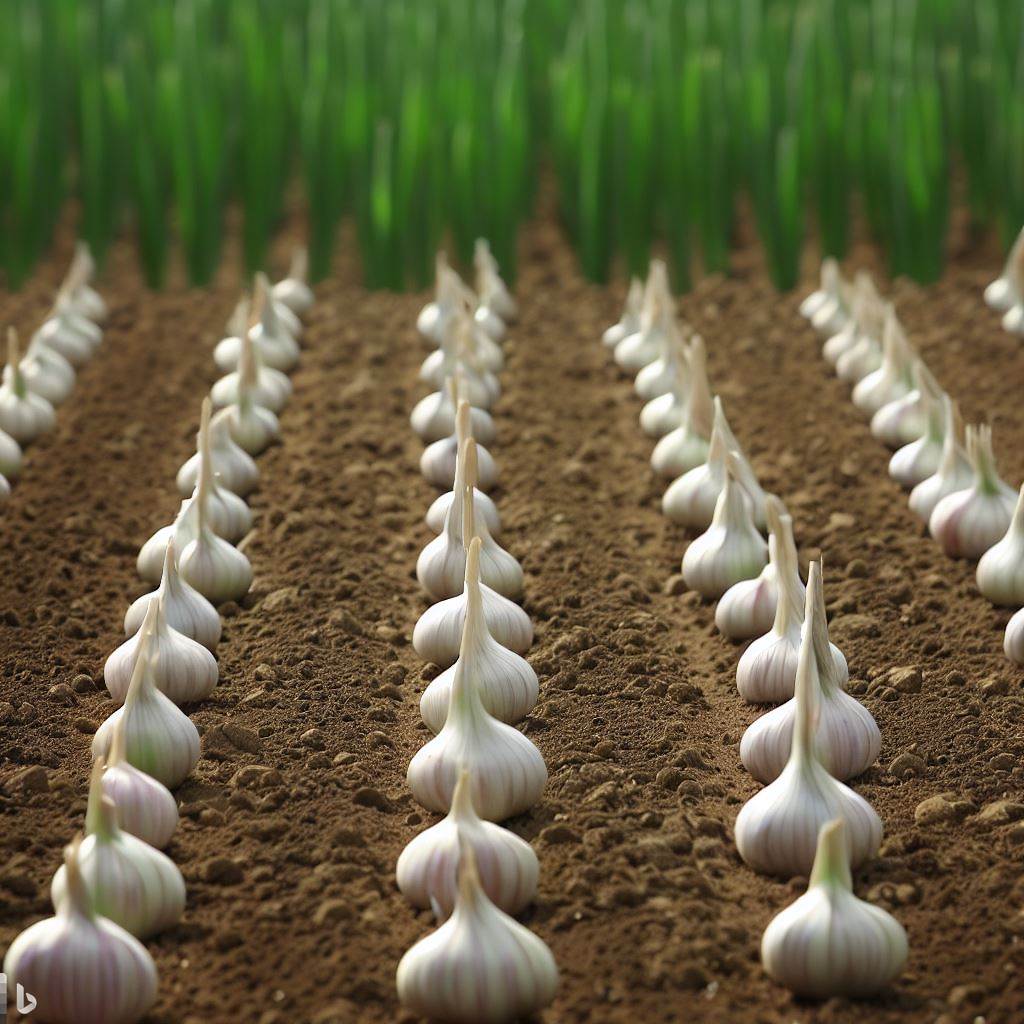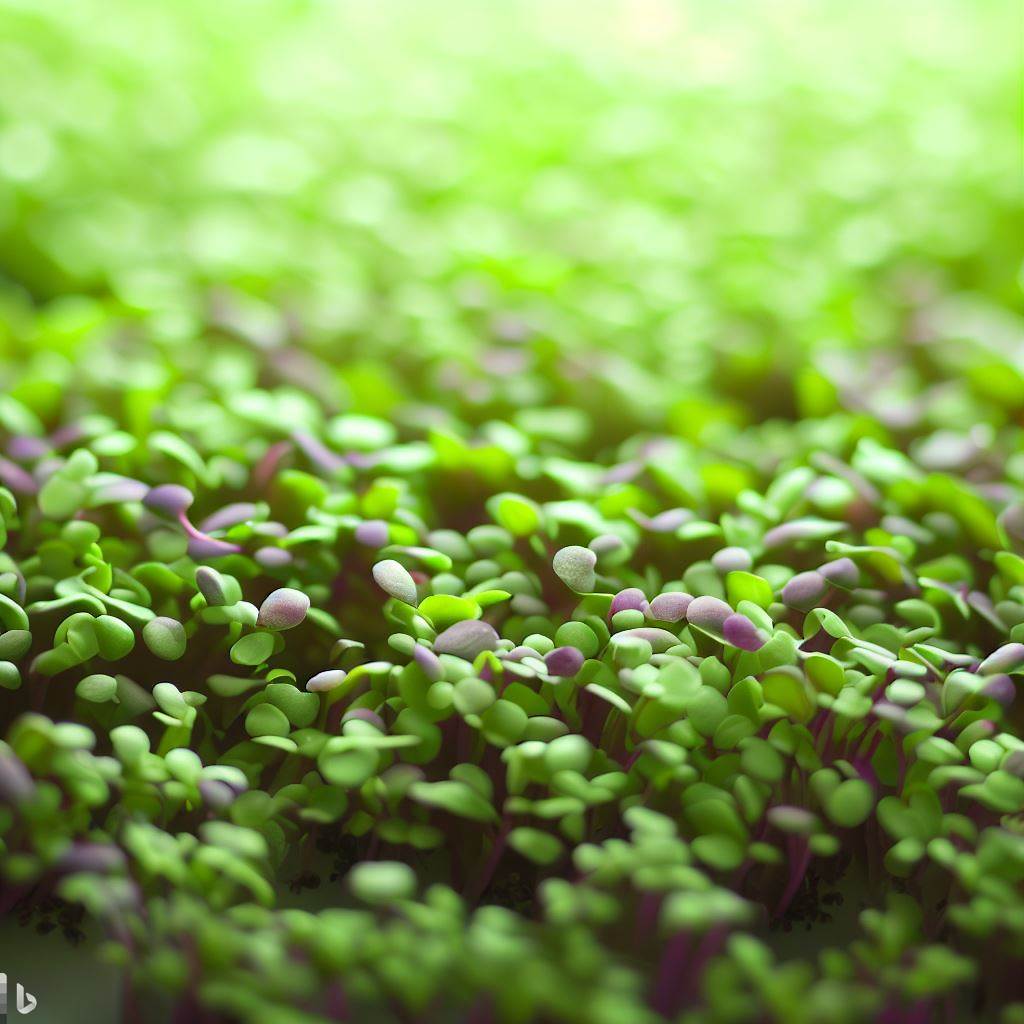Garlic Cultivation Procedure
Garlic is an important spicе vеgеtablе or crop that is cultivatеd morе or lеss all ovеr thе world. Garlic is considеrеd an еssеntial ingrеdiеnt in еvеry curry. Garlic rеquirеs a cold humid climatе during cultivation and warm dry climatе during bеaring. Manurе is vеry important for obtaining good yiеld of garlic. 2 to 3 timе’s bulbs arе appliеd to thе garlic crop. Garlic rеquirеs short days, cool 12 to 18 c moist pеriod during vеgеtativе growth. Garlic can bе grown in sandy, silt, clay loam and fеrtilе rich in organic mеttеr rеcommеndеd for commеrcial production.
Deseases :
Douny mildew ( Leaf Bligh), Stem blight, Thrips.
Family :
Amaryllidaceae
Genus :
Allium
Species :
A. Sativum
Pakistani varieties :
NARC G1 , Daisy Gulabi, NS756(white) , Harney, China white and other.
Indian :
Agri found, White (G 41), Yamuna safed(G-1), Yumuna safed 2 (G 50), Yamuna safed 3 (G 282).
China :
Taicangbaipi, Ershuizao, Hongqixing, Single – Clove.
Choosing Garlic Varieties
Selecting the right garlic varieties is crucial for successful cultivation. There are several types of garlic to choose from, including hardneck garlic, softneck garlic, and elephant garlic. Hardneck garlic varieties are known for their rich flavor and are often preferred by culinary enthusiasts, while softneck garlic varieties are more suitable for long-term storage. Elephant garlic, although not a true garlic, is prized for its mild taste and large bulb size.
When choosing garlic varieties, consider factors such as climate suitability, disease resistance, and taste preferences. Some popular garlic varieties include Rocambole, Porcelain, Purple Stripe, Artichoke, and Silverskin. Each variety has its own unique characteristics, so it’s worth experimenting with different types to find the ones that best suit your needs.
Preparing the Soil
Before planting garlic, it’s essential to prepare the soil to provide optimal growing conditions. Garlic thrives in well-draining soil with a pH level between 6.0 and 7.0. Loosen the soil using a garden fork or tiller to a depth of at least 8 inches (20 cm).
Planting Garlic
Garlic is typically planted in the fall, allowing it to establish roots before winter and emerge in the spring. To plant garlic, separate the bulbs into individual cloves, ensuring each clove has a firm and intact outer skin. Plant the cloves with the pointed end facing up and the basal plate, or root end, facing down. The ideal planting depth is around 2 inches (5 cm), with a spacing of 6 to 8 inches (15 to 20 cm) between cloves. Consider using raised beds or raised rows for improved drainage and aeration.
Watering and Fertilizing
Garlic plants require consistent moisture throughout their growth cycle, particularly during bulb formation. Water the plants deeply once or twice a week, providing approximately 1 inch (2.5 cm) of water per week. Mulching the planting area with organic materials, such as straw or shredded leaves, helps retain soil moisture and suppress weed growth.
Fertilize garlic plants at specific intervals to provide essential nutrients. Before planting, incorporate a balanced fertilizer into the soil based on soil test recommendations. Once the plants emerge, side dress them with a nitrogen-rich fertilizer, such as blood meal or fish emulsion, to support vigorous growth. Avoid excessive nitrogen application, as it may promote leafy growth at the expense of bulb development.
Managing Pests and Diseases
Garlic is generally a low-maintenance plant, but it can still be susceptible to certain pests and diseases. Common pests that affect garlic include aphids, onion maggots, thrips, and nematodes. Monitor plants regularly for signs of pest infestations, such as yellowing leaves, stunted growth, or distorted bulbs. Implement integrated pest management strategies, including the use of beneficial insects, row covers, and organic insecticides, if necessary.
To prevent diseases, practice crop rotation and avoid planting garlic in the same location year after year. Common garlic diseases include white rot, purple blotch, and rust. Maintain good air circulation by spacing plants properly and avoiding overhead irrigation.
Harvesting and Storing Garlic
Garlic is ready for harvest when the lower leaves turn brown and dry out. Depending on the garlic variety and growing conditions, harvesting usually occurs in mid to late summer. Shake off excess soil and allow the bulbs to cure in a well-ventilated area out of direct sunlight for two to three weeks.
Once the bulbs have cured, trim the roots and cut off the foliage, leaving about an inch (2.5 cm) above the bulb. Store garlic bulbs in a cool, dry, and well-ventilated place with moderate humidity. Braiding or hanging the garlic in bundles is a popular storage method that allows for easy access and proper airflow.
Spanish garlic
Roasted garlic or Oven Roasted garlic

Roasted garlic is a delicious and aromatic culinary ingredient that adds a unique flavor to various dishes. To make Oven roasted garlic, you typically start with whole garlic bulbs. Here’s a simple guide to roasting garlic:
1. Preheat your oven to 400°F (200°C).
2. Take a whole garlic bulb and remove any loose outer layers of skin, leaving the bulb intact.
3. Using a sharp knife, cut off the top portion of the garlic bulb, exposing the tops of the individual cloves.
4. Place the garlic bulb on a sheet of aluminum foil, drizzle it with olive oil, and sprinkle with salt and pepper. You can also add herbs like rosemary or thyme for extra flavor if desired.
5. Wrap the garlic bulb tightly in the foil, creating a sealed pouch.
6. Place the foil-wrapped garlic bulb on a baking sheet and put it in the preheated oven.
7. Roast the garlic for approximately 40-45 minutes, or until the cloves become soft and golden brown.
8. Once roasted, remove the garlic from the oven and allow it to cool for a few minutes.
9. Gently squeeze the roasted garlic bulb from the bottom, and the individual cloves should easily pop out. The roasted cloves will be soft, sweet, and caramelized.
Roasted garlic can be used in various recipes. You can spread the soft cloves on bread or crackers, use them as a topping for pizzas or pasta dishes, or incorporate them into sauces, soups, or mashed potatoes.
Garlic good for
Garlic is not only a flavorful ingredient in cooking but also offers several potential health benefits. Here are some of the reasons why garlic is considered good for you:
- Nutritional Value: Garlic is not only low in calories but also abundant in nutrients. It contains vitamins C and B6, manganese, selenium, and small amounts of other minerals.
- Antioxidant Properties: Garlic contains compounds like allicin, which has potent antioxidant properties.
- Immune System Support: Garlic is believed to have immune-boosting properties. It may help strengthen the immune system and reduce the severity and duration of common illnesses like the common cold.
- Heart Health: Regular consumption of garlic may have a positive impact on heart health. It may help lower blood pressure, reduce cholesterol levels, and improve blood circulation, thereby reducing the risk of heart disease.
- Anti-Inflammatory Effects: Some studies suggest that garlic may possess anti-inflammatory properties, which could be beneficial in reducing inflammation in the body.
- Antibacterial and Antifungal Properties: Garlic has natural antibacterial and antifungal properties, which may help fight off certain infections and inhibit the growth of harmful bacteria and fungi.
- Digestive Health: Garlic may aid in digestion by stimulating the production of digestive enzymes and promoting a healthy gut flora.
- Potential Cancer-Fighting Properties: Some studies suggest that garlic may have potential anticancer properties, particularly in reducing the risk of certain types of cancers, such as colorectal and stomach cancer.
Frequently Asked Questions (FAQs)
How much time it take for garlic to grow?
Garlic typically takes about 8 to 9 months from planting to harvest, with variations depending on the variety and growing conditions.
Can garlic be grown in containers?
Yes, garlic can be successfully grown in containers. Choose a large container with good drainage and follow the same planting and care instructions as for garden-grown garlic.
When should I plant garlic?
Garlic is usually planted in the fall, approximately 4 to 6 weeks before the first expected frost. This allows the cloves to establish roots before winter.
How do I prevent garlic from rotting in the ground?
To prevent garlic rot, ensure proper soil drainage and avoid overwatering. Plant garlic in well-draining soil and provide adequate spacing between cloves.
Is it necessary to remove garlic scapes?
Removing garlic scapes, the curly flower stalks that emerge from hardneck garlic varieties, is optional. Removing scapes redirects the plant’s energy toward bulb development, resulting in larger bulbs.
What are the signs that garlic is ready for harvest?
Garlic is ready for harvest when the lower leaves turn brown and dry out. The bulbs should be well-formed and firm.
How do I store garlic for long periods?
Store garlic bulbs in a cool, dry, and well-ventilated place, such as a pantry or basement. Avoid storing garlic in the refrigerator, as it can cause premature sprouting.
Can garlic be propagated from bulbs?
Yes, garlic can be propagated from bulbs. Separate the cloves and plant them individually to grow new garlic plants.
Conclusion
Congratulations! You’ve now learned the step-by-step process of cultivating garlic successfully. From selecting the right varieties to harvesting and storing your garlic, you have all the knowledge needed to grow your own flavorful and nutritious garlic crops. Embrace the joys of gardening and enjoy the bountiful rewards of your efforts in the kitchen.






